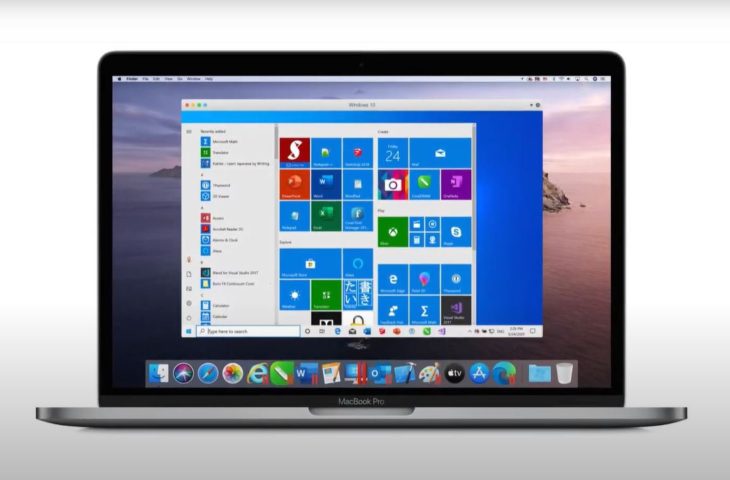
He couldn’t do that unless either he had the M1 version of Windows 10 or Parallels provided a virtual Intel machine, could he? And if SketchUp got far enough on Windows to complain about the graphics, that would imply that it started up but quit when it couldn’t find acceptable graphics, not that it couldn’t run because of inherent M1 incompatibility. So, correct info from someone who knows and has verified it on real hardware would be much appreciated.ĭoes Parallels M1 implement a virtual M1 machine? Does/could it run a virtual Intel machine? The original post says the OP had Windows 10 running on Parallels, but that SketchUp complained about the graphics. But I’m wondering about what sort and how many rocks are in the way of completing the transition to Parallels on M1.

I admit I haven’t researched this and don’t have an M1 Mac to try it out. So this topic leaves me confused about what Parallels M1 provides. Assuming that you don’t have a Windows 10 installation DVD laying around, click on the Get Windows 10 from Microsoft button (Figure 8). Anything running under Parallels is on a virtual machine, not directly on the native hardware. To start the process, either choose New in the File menu of Parallels Desktop, or click on the + sign in the top right corner of the Control Center window.


 0 kommentar(er)
0 kommentar(er)
